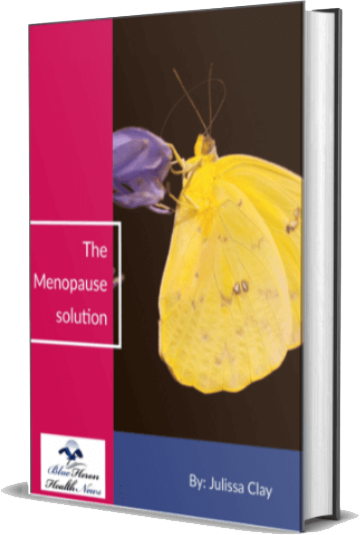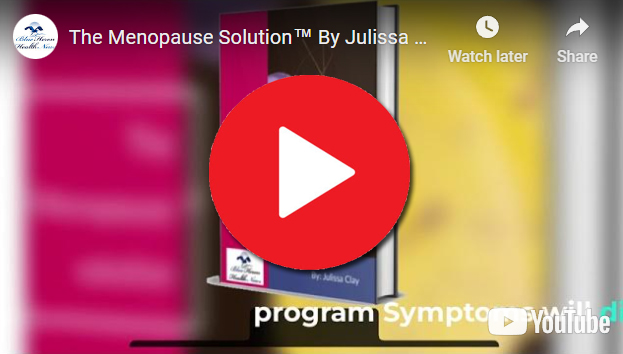
What is menopause?
Menopause is a natural biological process that marks the end of a woman’s reproductive years. It is defined as the time when a woman has gone 12 consecutive months without a menstrual period, signifying the cessation of ovarian function and the end of menstruation and fertility. Menopause typically occurs in women between the ages of 45 and 55, with the average age being around 51 in many populations. However, it can occur earlier or later depending on individual and genetic factors.
Key Phases of Menopause:
- Perimenopause (Transition to Menopause):
- Timing: Perimenopause usually begins several years before menopause, often in a woman’s 40s, but it can start as early as her 30s.
- Symptoms: During this time, the ovaries gradually produce less estrogen, leading to irregular menstrual cycles, heavier or lighter periods, and symptoms such as hot flashes, night sweats, mood swings, and sleep disturbances.
- Duration: Perimenopause can last anywhere from a few months to several years until the woman reaches full menopause.
- Menopause:
- Definition: Menopause is officially diagnosed when a woman has not had a menstrual period for 12 consecutive months.
- Hormonal Changes: During menopause, the ovaries stop releasing eggs and produce very low levels of estrogen and progesterone, the hormones that regulate menstruation and reproduction.
- Symptoms: Symptoms such as hot flashes, vaginal dryness, sleep disturbances, mood changes, and changes in libido may continue during this phase.
- Postmenopause:
- Timing: Postmenopause refers to the period of time after menopause, starting from the 12th month of no menstrual periods and continuing for the rest of a woman’s life.
- Symptoms: Some menopausal symptoms, such as hot flashes and mood swings, may persist into the postmenopausal years but often decrease in intensity over time. However, lower levels of estrogen can lead to long-term health risks, such as osteoporosis (bone thinning), cardiovascular disease, and urinary tract issues.
Common Symptoms of Menopause:
- Hot Flashes: Sudden feelings of heat, often accompanied by sweating and flushed skin, usually affecting the upper body.
- Night Sweats: Hot flashes that occur during sleep, leading to excessive sweating and disrupted sleep.
- Vaginal Dryness and Discomfort: Reduced estrogen levels can cause thinning and drying of vaginal tissues, leading to discomfort during intercourse and an increased risk of infections.
- Mood Changes: Mood swings, irritability, anxiety, and an increased risk of depression are common due to hormonal fluctuations.
- Sleep Disturbances: Difficulty falling asleep, staying asleep, or waking up early can occur due to night sweats or anxiety.
- Decreased Libido: A decrease in sexual desire may occur as a result of hormonal changes and physical symptoms such as vaginal dryness.
- Weight Gain and Changes in Fat Distribution: Many women experience weight gain, particularly around the abdomen, during menopause.
Long-Term Health Implications:
- Bone Health: Lower estrogen levels after menopause increase the risk of osteoporosis, leading to fragile bones and a higher risk of fractures.
- Cardiovascular Health: Postmenopausal women are at increased risk of heart disease due to changes in cholesterol levels, blood pressure, and other cardiovascular factors linked to lower estrogen levels.
- Urogenital Health: Vaginal and urinary tract health can be affected, leading to increased risk of urinary tract infections (UTIs) and incontinence.
Managing Menopause:
- Hormone Replacement Therapy (HRT): HRT involves supplementing the body with estrogen or a combination of estrogen and progesterone to relieve menopausal symptoms, although it carries some risks and is not suitable for all women.
- Lifestyle Changes: Regular exercise, a balanced diet, stress management techniques, and maintaining a healthy weight can help alleviate symptoms and protect against long-term health risks.
- Non-Hormonal Treatments: Some women opt for non-hormonal treatments, such as herbal supplements, antidepressants, or other medications, to manage symptoms like hot flashes and mood swings.
Conclusion:
Menopause is a natural stage of life that marks the end of a woman’s reproductive years. While it can bring physical and emotional changes, many of its symptoms can be managed through lifestyle adjustments, medical treatments, and support. After menopause, women enter postmenopause, which requires attention to long-term health, particularly in relation to bone and heart health.

The Menopause Solution™ By Julissa Clay – Blue Heron Health News The Menopause Solution it can be concluded easily that you should try this program at least once if menopause is destroying your internal organs or deteriorating your physical health to a considerable level. This program can help in resolving your health issues caused by perimenopause and menopause in a completely natural manner. You can use this program without any risk as you can get your money back if you are not satisfied with its results.